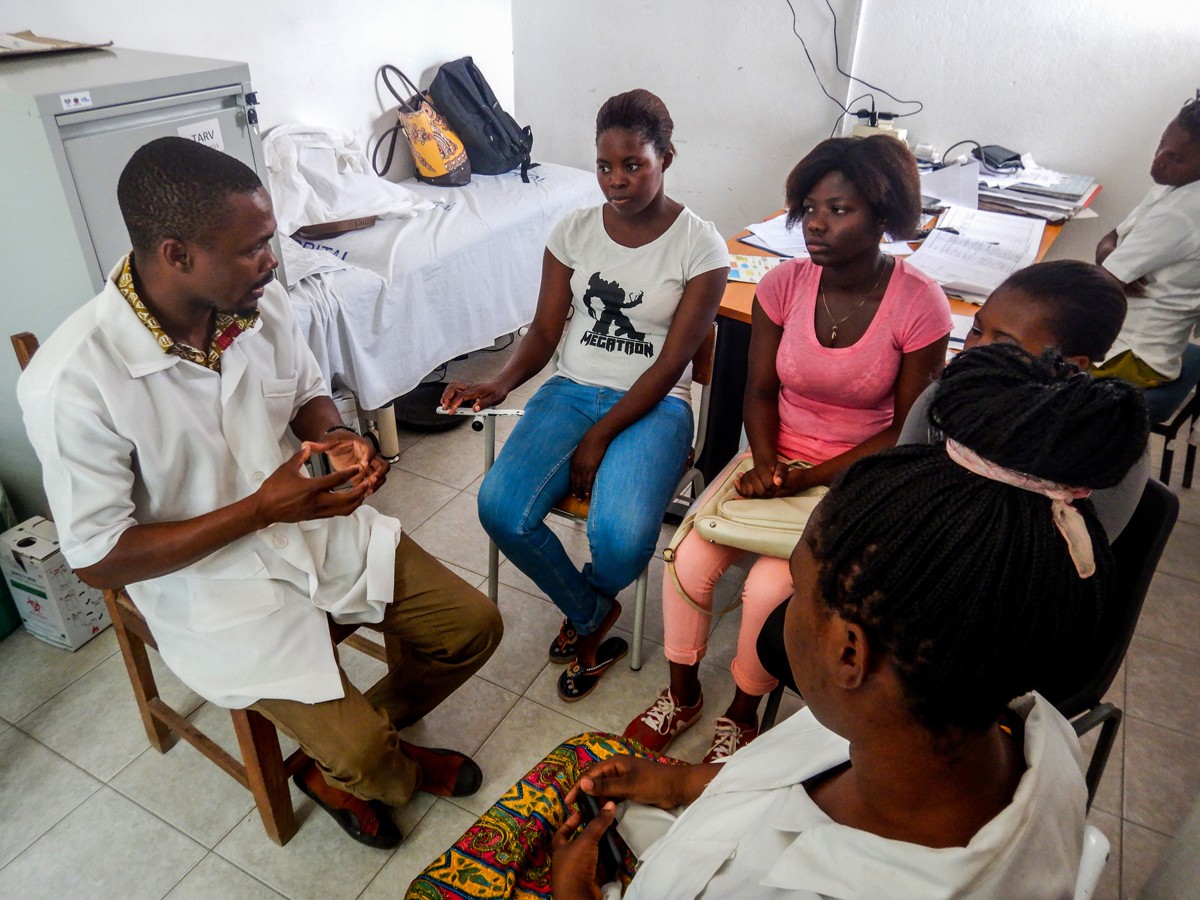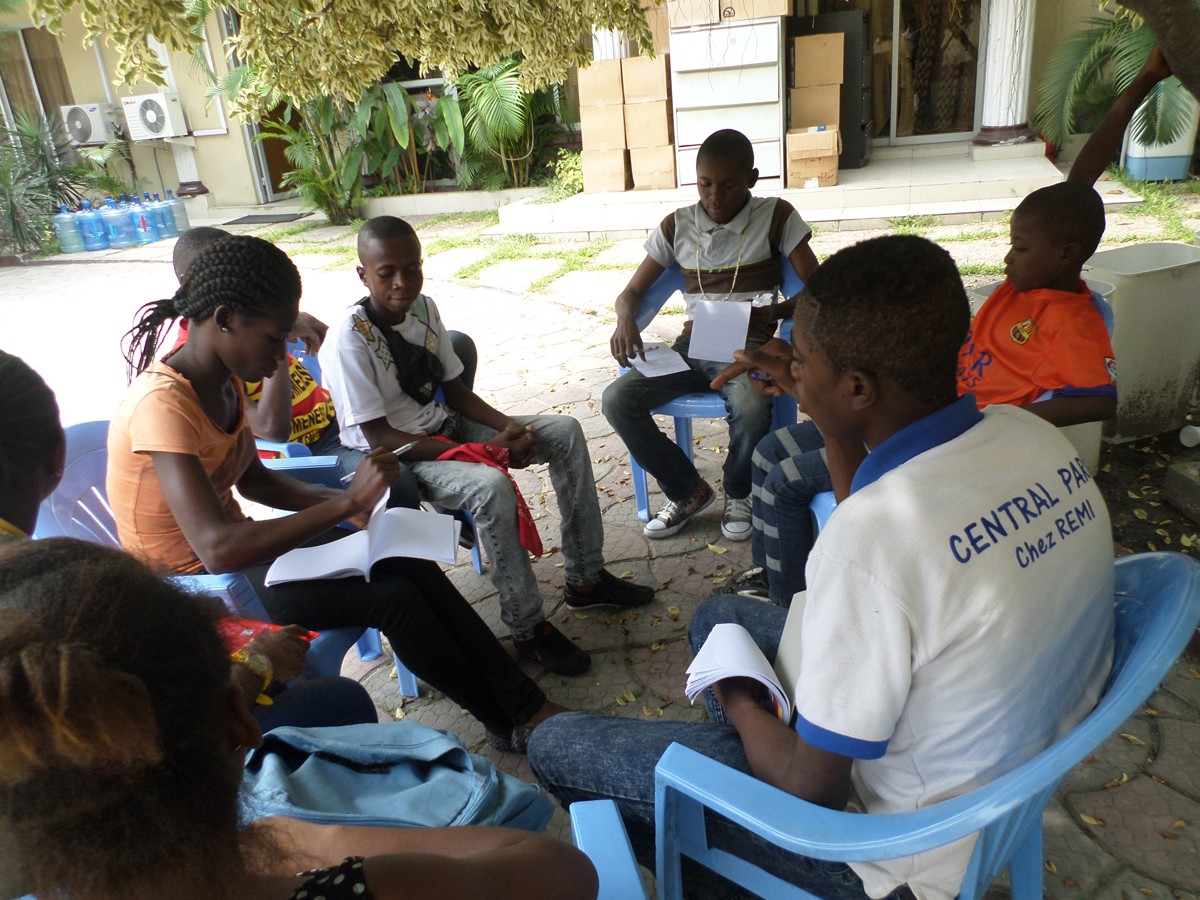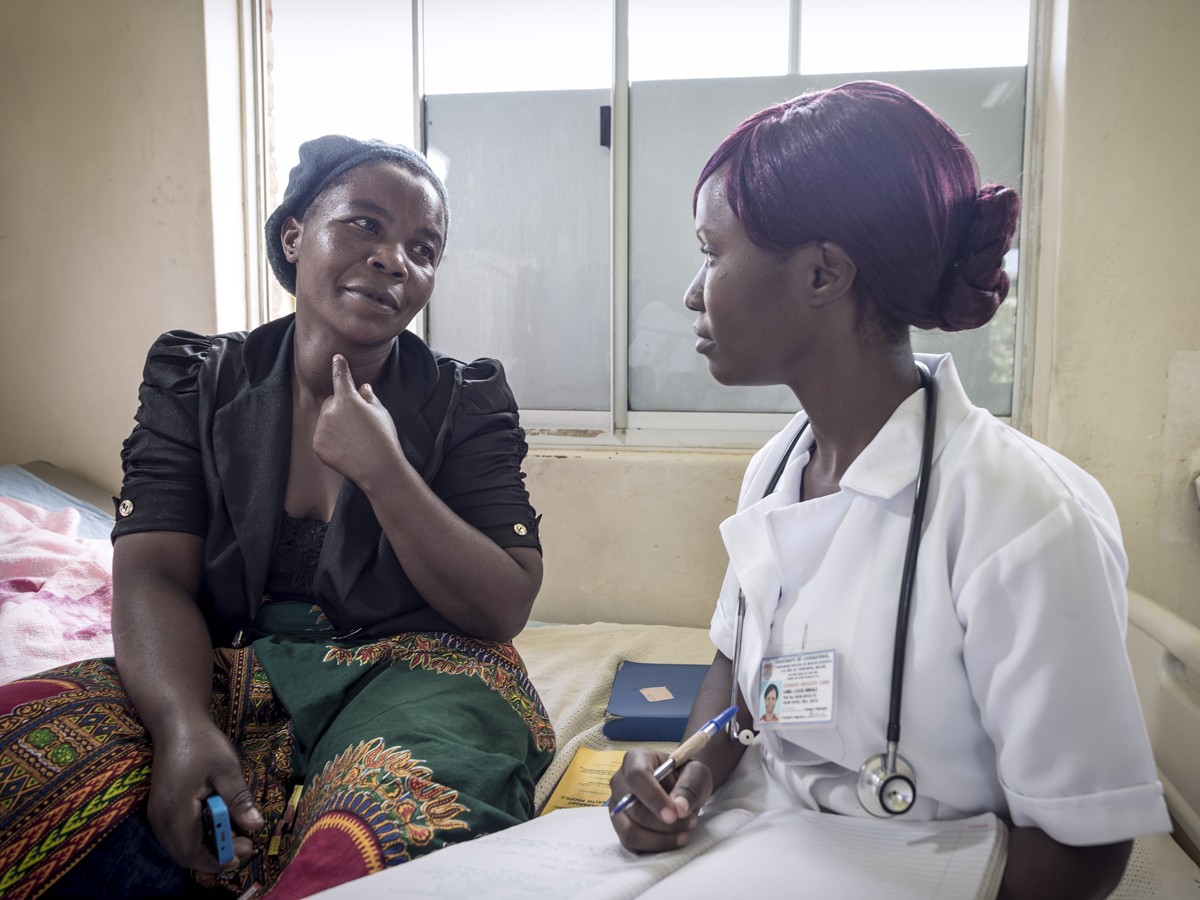Authors:
Ratnayake A, Hernandez JH, Justman J, Farley JE, Hirsch-Moverman Y, Ho K, Mayer S, Oluyomi A, Sobieszczyk ME, Swaminathan S, Skalland T, Tapsoba JD; CoVPN 5002 Study Team; Kissinger PJ.
Abstract:
Background
Vaccine hesitancy has been a significant concern throughout the COVID-19 pandemic. Vaccine hesitancy can be attributed to lack of confidence in vaccines, complacency about the health threat, or lack of convenience of vaccination. To date, few studies have used methods designed to include populations underrepresented in research when identifying factors associated with vaccine hesitancy.
Methods
Between January and July 2021, potential participants were recruited from community venues selected through time-location sampling in 15 defined communities in the United States. Study staff administered a questionnaire on demographics, COVID-19 behaviors and attitudes, and vaccination status or intention to consenting individuals. Vaccine hesitancy was analyzed among those age 18 years and older from nine of the 15 sites and was defined as self-reported neutral, unlikely, or very unlikely vaccine intention. Logistic regression modeling, adjusted for site, identified factors associated with vaccine hesitancy.
Results
Among 11,559 individuals, vaccine hesitancy by site ranged from 8.7 to 31.1%. Vaccine hesitancy was associated with being Black compared to White, being White compared to Asian, younger age, unstable housing, being unemployed, lower income, having a disability, providing care in home, not reporting inability to visit sick or elderly relatives during the pandemic, not reporting increased anxiety during the pandemic, and not spending more time with loved ones during the pandemic.
Conclusions
In these selected US communities, early in vaccine rollout, there were significant racial disparities in vaccine hesitancy. Additionally, individuals who were more marginalized due to their socioeconomic status were more likely to report vaccine hesitancy. Vaccine campaigns should make efforts to remove barriers to vaccination, by improving convenience.








